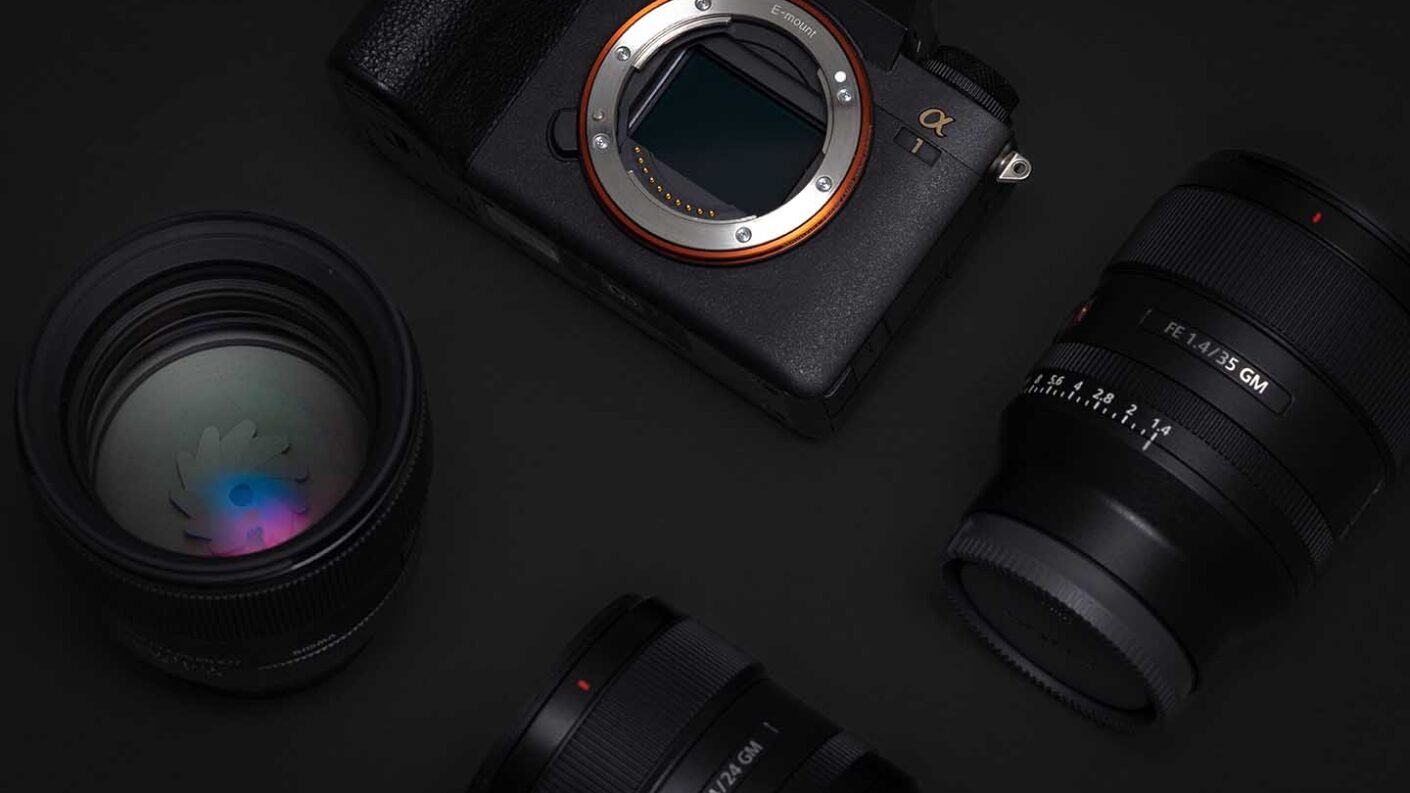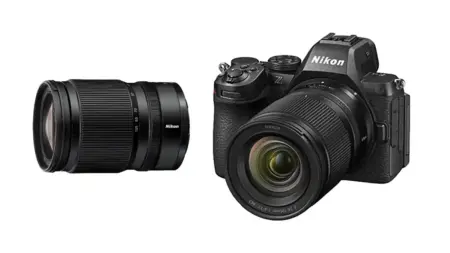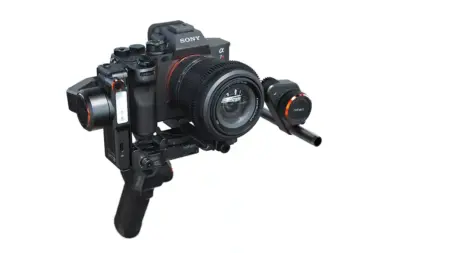For decades, the Canon vs Nikon debate echoed the familiar rivalries of Coke vs Pepsi or Mac vs PC – each side fiercely loyal, each convinced their brand reigned supreme. But here in 2025, that debate feels increasingly outdated. Clinging to old brand allegiances misses the bigger picture: the mirrorless revolution is in full swing, and innovation is now coming thick and fast from the likes of Sony, Fujifilm, Panasonic – even OM System and Leica.
Mirrorless technology has completely reshaped the camera landscape, combining the flexibility of interchangeable lenses with a more compact, streamlined design than traditional DSLRs. Sony, in particular, has led the charge with its A7 series cameras and A9 series – and more recently, the A7R V and flagship A1 II – pushing the limits of resolution, autofocus, and speed. With an expansive E-mount lens ecosystem now addressing earlier gaps, Sony’s place at the top of the mirrorless market feels well earned.
Not to be outdone, Canon has introduced a series of mirrorless cameras with the latest EOS R50 V, a compact mirrorless camera designed for content creators. Building upon the success of the original R50, the R50 V retains the 24.2MP APS-C sensor and Dual Pixel CMOS AF system but features a redesigned, more modular body optimised for video production. Notable enhancements include 4K 60p recording with 6K oversampling, Canon Log 3 for greater dynamic range, and improved audio capabilities with both microphone input and headphone monitoring. These features make the R50 V a great choice for videographers and hybrid content creators you can read more about the camera on the official Canon product page or check out our review of the Canon EOS R50 V.
Nikon has also made significant strides with the release of the Z6 III in mid-2024. This full-frame mirrorless camera boasts a 24.5-megapixel partially stacked CMOS sensor, offering faster readout speeds and improved performance. It supports 6K video recording at 60 frames per second and features advanced autofocus capabilities powered by deep learning AI, enhancing subject detection and tracking. The Z6 III’s robust five-axis in-body image stabilisation system further solidifies its position as a versatile tool for both photographers and videographers.
Parallel to Sony’s rise, Fujifilm has continued to carve its own distinct path, dominating the APS-C mirrorless market with a combination of technical excellence and classic design. The recently launched Fujifilm X-M5 refines this approach, offering the brand’s renowned image quality and tactile controls in a compact, travel-friendly body. It brings 40.2MP resolution, improved in-body stabilisation, and AI-assisted autofocus – making it a serious tool for both stills and video shooters.
But Fujifilm isn’t stopping at APS-C. The announcement of the GFX100RF, a premium compact with a fixed 102MP medium format sensor, has turned heads. It represents a bold step toward merging high-end imaging with portability – appealing to pros who want top-tier quality in a more spontaneous, everyday-friendly format.
From analogue-inspired dials to cutting-edge tech, Fujifilm’s lineup blends the soul of film photography with the demands of modern creatives.
Canon, although late to the mirrorless party, has not only caught up but also shown a commitment to pushing boundaries. The brand is building out an impressive range of APS-C EOS R system cameras – including the EOS R50 V, designed with content creators in mind – proving it can adapt and innovate in the face of shifting market dynamics. The old guard isn’t ready to bow out just yet.
Nikon, while more measured in its mirrorless rollout, has produced standout performers in its Z series. The Nikon Z9 remains a powerhouse for professional shooters, blending classic Nikon handling with cutting-edge tech. And with the release of the Z6 III, the brand shows it’s not just reacting to the market – it’s evolving with it.
Panasonic, with a sharp eye on its filmmaking audience, has embraced mirrorless for what it does best: hybrid creativity. Cameras like the Lumix S5II and S5IIX demonstrate Panasonic’s deep understanding of video-first needs, offering serious tools for modern content creators.
The traditional Canon vs Nikon debate has evolved into a much broader conversation. Now, it’s not just about two brands – it’s about a diverse field of manufacturers, each with their own philosophy on design, usability, and innovation. The question isn’t “Canon or Nikon?” anymore. It’s “What’s the best tool for me?”
The old battles are over – and that’s something to celebrate. We’re in the middle of an unprecedented era of innovation, where every photographer, regardless of experience or budget, has access to extraordinary tools. Brand loyalty has taken a backseat to real-world performance, and the creative possibilities have never been greater.
So instead of picking a side in an outdated rivalry, let’s embrace the options we’ve been given. It’s a brilliant time to be a photographer.
- Camera buying guides: how to choose the best option for you





Leave a Reply
You must be logged in to post a comment.